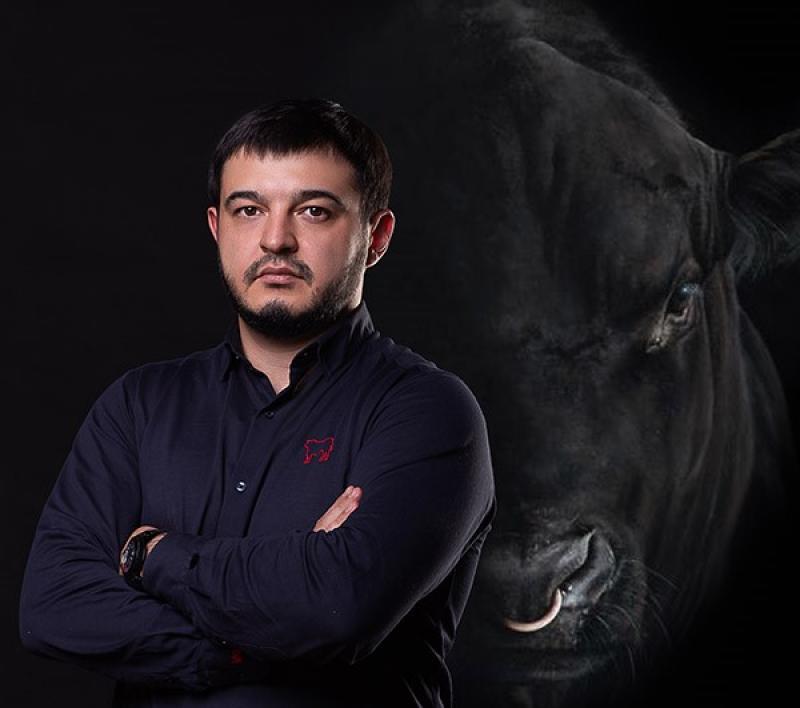
Several years ago, the Ministry of Agriculture of the country launched a project to increase exports of Kazakhstani beef. The plan was to increase productivity of the cattle, improve the "gene pool" and increase the export potential. The World of NAN had a talk with Dauren Salykov, director of Kazakhstan's Republican Angus Chamber, about how Angus breeds, brought in from abroad more than 10 years ago, feel today, how effective their "contribution" was in transformation of the local cattle into the breed.
Dauren Salykovich, tell us about the first experience of importing cattle? How did it all begin?
In 2010, the management of the Ministry of Agriculture defended a program for increasing the export potential of cattle before the president. As an indisputable advantage of our country for increasing the volume of cattle breeding was named the availability of vast territories for pastures. At that time there were about 7 million cattle in the country. They occupied 1/3 of the area, while the main part of pasture lands was not used. Meanwhile, pasture livestock keeping gives economic efficiency, because the farmer does not incur any costs. Therefore, the arguments of the project developers were heard. It was decided to import as much breeding stock as possible and to take breeding stock from this stock. In turn, also imported pedigree bulls had to improve the quality of pedigree cattle. The program started in 2008 and in 2010 the first lot of imported cattle was imported.
How was the work on breed conversion carried out?
We brought in breeding cattle from which we got calves. And pedigree bulls through operators of the program " dispersed" in villages - it is public herds, small farms, which have up to 100 heads of mongrel cattle. They rented bulls and each next generation became better due to advanced genetics of imported breeding cattle. Physical indicators - weight, musculature - have improved. That is, the task of breed conversion began to be accomplished. Seeing the potential of engaging in breeding, many farmers began to open their own small fattening sites, to receive loans to import breeding stock.
Large numbers of Aberdeen Angus were imported along with others. Why this breed?
Obviously, the government saw prospects for the future. It is an export of quality meat, live cattle. To compete on the world market, which Kazakhstan was aiming for, it was necessary to offer a product that has an established brand and does not need representation. Let's take chilled meat supplied to China for example. If it's Angus meat and another breed, the price for Angus will definitely be higher, because it's a brand. Angus is the recognized world leader among meat breeds.
What problems were discovered after transporting the animals?
I must say, there were contradictory forecasts. Many doubted that the imported cattle would adapt. At that time I worked on one farm, where they also decided to bring Angus. They brought them from Australia, where -10 was considered a harsh winter. They were 8-10 month old heifers. From Dakota they brought in heifers and breeding stock from Canada. Most of all we were afraid for the calves. Nevertheless, we built a modern base according to the North American method, where we had a feeding board, a windbreak, and water. The cattle were kept in the open air. Although in our country it was not practiced. So, to our surprise the most resilient were calves among which there were no deaths. But from the batch brought from America and Canada 3 heads were lost. We began to analyze and came to the opinion, that the cattle should be brought at an early age, so it is easier for the animals to adapt to the local climate.
Dauren Salykovich, let's now focus on the numbers. How many farms were working on importing cattle at the very beginning of the project, and how many farms are breeding Angus today?
The pace has picked up very quickly. If in 2010 there were only 3 farms nationwide, today there are already 109 farms in Kazakhstan successfully breeding Angus. As for the livestock, in 2016 there were 53,580 heads, now there are 110,000 heads registered. Of these, 85 thousand breeding stock and 25 thousand bulls. By region, the year before last the only region of Kazakhstan which did not have this breed was Mangistau region. Today, Mangistau cattle breeders are also learning to breed Angus. Most of the farms are located in North Kazakhstan Region. And the biggest one is located in Almaty region. They already have 12 thousand head there. We started with 4 thousand. This already says that farmers saw the profitability of business on breeding livestock. In each breeding farm work on sale of bulls is established. Heifers are left for reproduction. And it should be said, with every day the interest to angus breed in Kazakhstan only grows.
What do you think is the reason for this interest?
First of all, Angus are resilient and adapt quickly to the local climate. There is no need to build expensive hangars. It's a Scottish cattle breed, so they feel perfectly well outdoors even in the harshest winters. By the way, they are kept like that in North Kazakhstan. Secondly, the breeding stock is distinguished by the ease of calving. Thirdly, calves quickly gain weight, which is very important for bulls sellers. A calf of Angus adds one kilogram a day if it is in a pasture, while a non-bred calf can only gain 450-500 grams. If a farmer sells a bull for meat, the pedigree cattle must be fattened for 2,5 years, but in case of Angus he gets a calf and can sell it that same year in autumn. And the bulls will have the same weight. In other words, the fattening period is shorter, and the profit from Angus is greater. Among other things, it is very easy to export with this breed. And a separate topic is the quality of premium meat, which can also be an excellent source of income. The demand for marbled beef is growing day by day. It doesn't take much time to turn a profit when breeding Angus. Especially since the state supports breeders. But I want to note that the members of our republican chamber are mainly breeding reproducers. Their final aim is not to sell meat but to improve gene pool of cattle. So basically the products are breeding bulls breeders.
How does the chamber help breeders?
Our primary goal - control of quality of pedigree cattle in Kazakhstan and help breeders to increase quality livestock of Angus breed. To this end, we conduct registration, assist in preservation of purebred animals. We coordinate breeding and pedigree work in the herd for reproduction of animals with high genetic potential. Every year we arrange visits, inspect farms, check the reliability of data on breeding animals. In addition to control, data collection and analytics, we "lead" the farms by giving advice on feeding, housing and veterinary measures. The Chamber has a doctor who visits farms, takes tests and on the basis of the results gives a plan of veterinary measures for the year. Specialists help in questions of realization of pedigree cattle.
Dauren Salykovich, everything is clear with the export of live cattle and sale of meat. But is there demand within the country?
- The demand is huge. For example, we saw peak sales in April. At present there is so much demand for Angus cattle, that breeding reproducers cannot satisfy demand of domestic cattle breeders. We have advanced farms, which use the world's best genetics, import the seed of top bulls from America, Canada and get calves. So, on these farms, they put a reservation on a pregnant cow. That is, the calf is still in the womb, but has already been sold. Because now farmers understand that it is possible to improve the gene pool of the herd with the help of pedigree cattle - calves are good at adopting the main qualities of their parents. If we take 2016, then breeding bulls cost 400 thousand tenge, this year, due to demand, their price reaches one million tenge. Just 10 years ago, in Kazakhstan it was impossible to taste steaks of domestic beef, meat was brought from Argentina, America, Brazil, and now in the capital establishments 80% of premium meat of Kazakhstani production. Taking advantage of the moment, I would like to note that since this year, our Chamber is certifying distributors of marbled Angus beef. There were many requests from catering outlets - cafes, restaurants regarding certification, so that customers were confident in the quality of the meat. And we started the work - we look at contracts, suppliers, through the software we check the data of the supplier - the chamber knows everyone. We get in touch and only after verifying the database on the transfer of goods, we issue a certificate. We do this work for free, in our interests promotion of the brand. All our work is aimed at popularizing the Angus breed.
Thank you for the conversation!



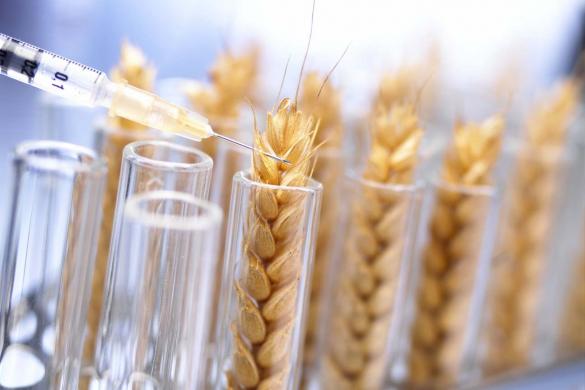
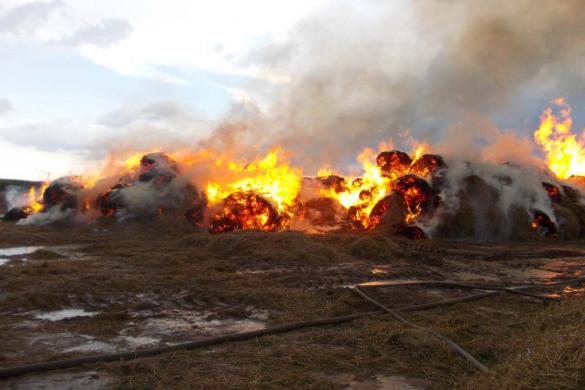
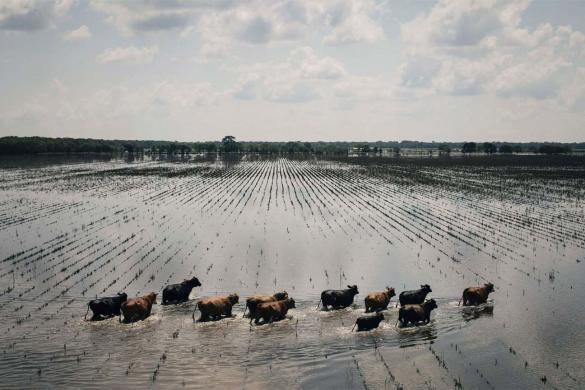
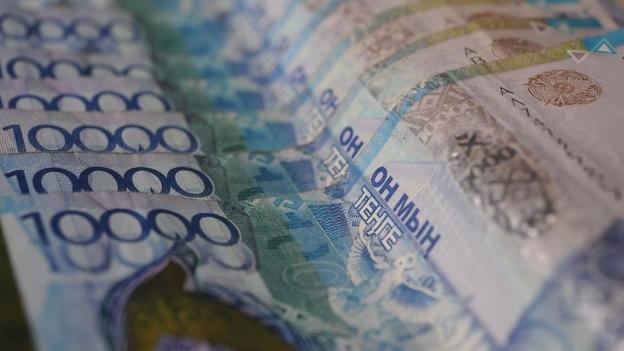







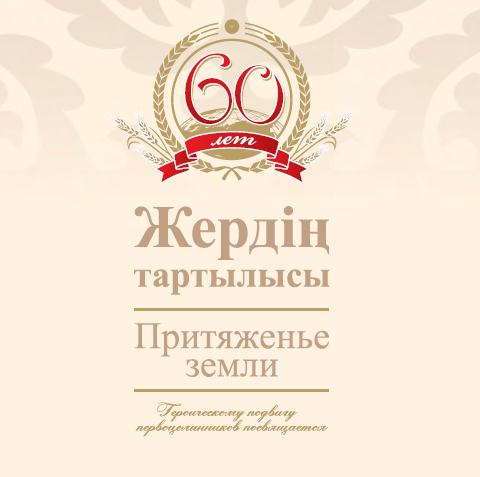
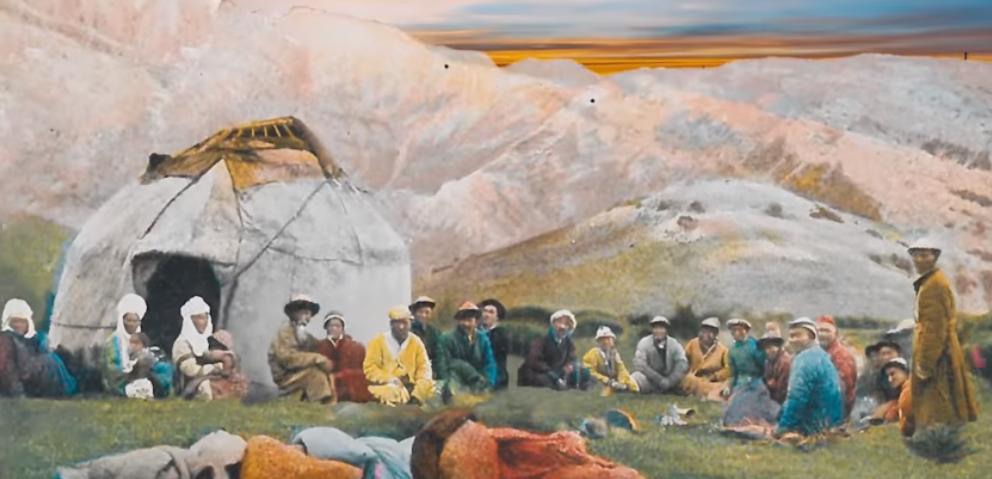
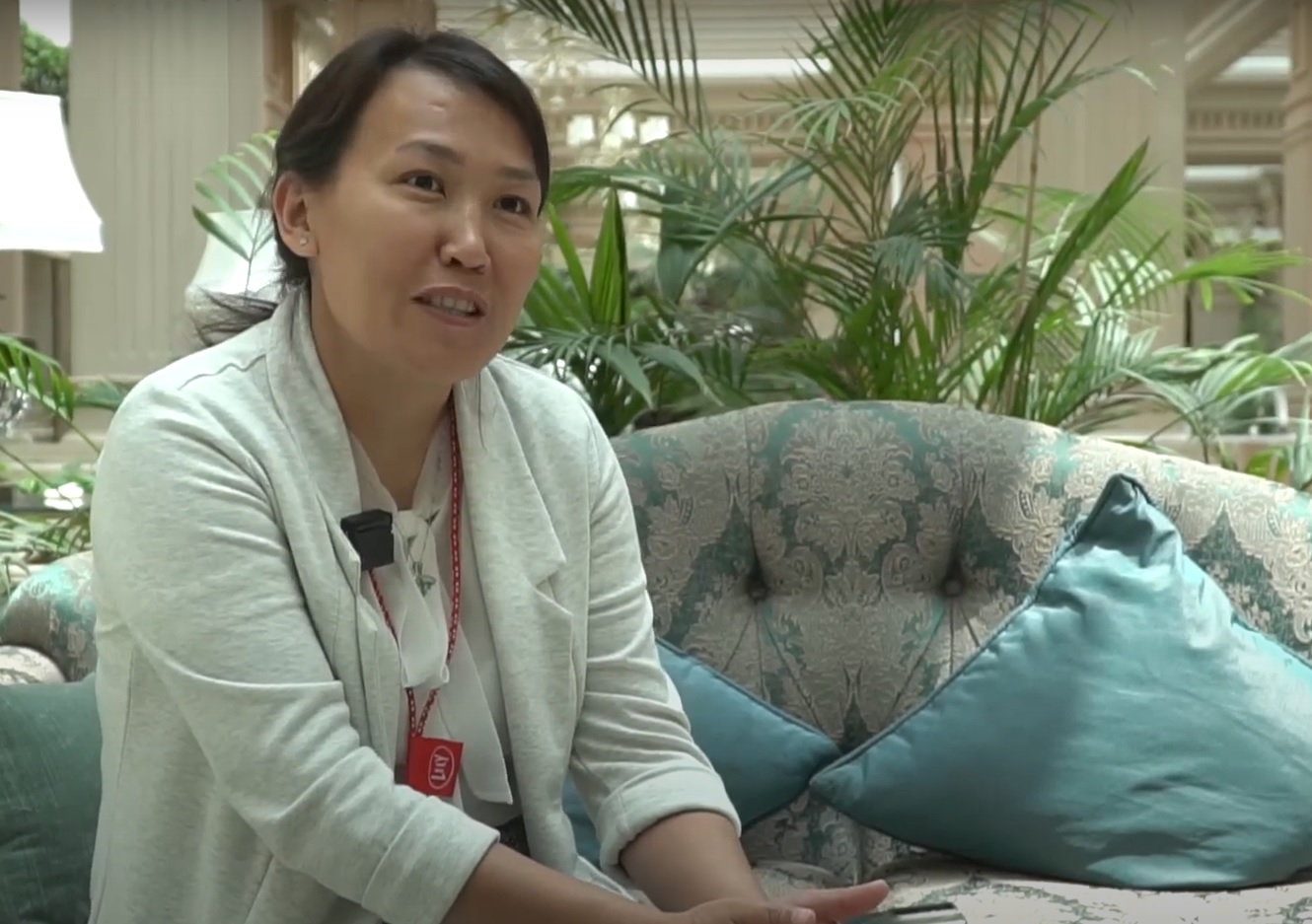
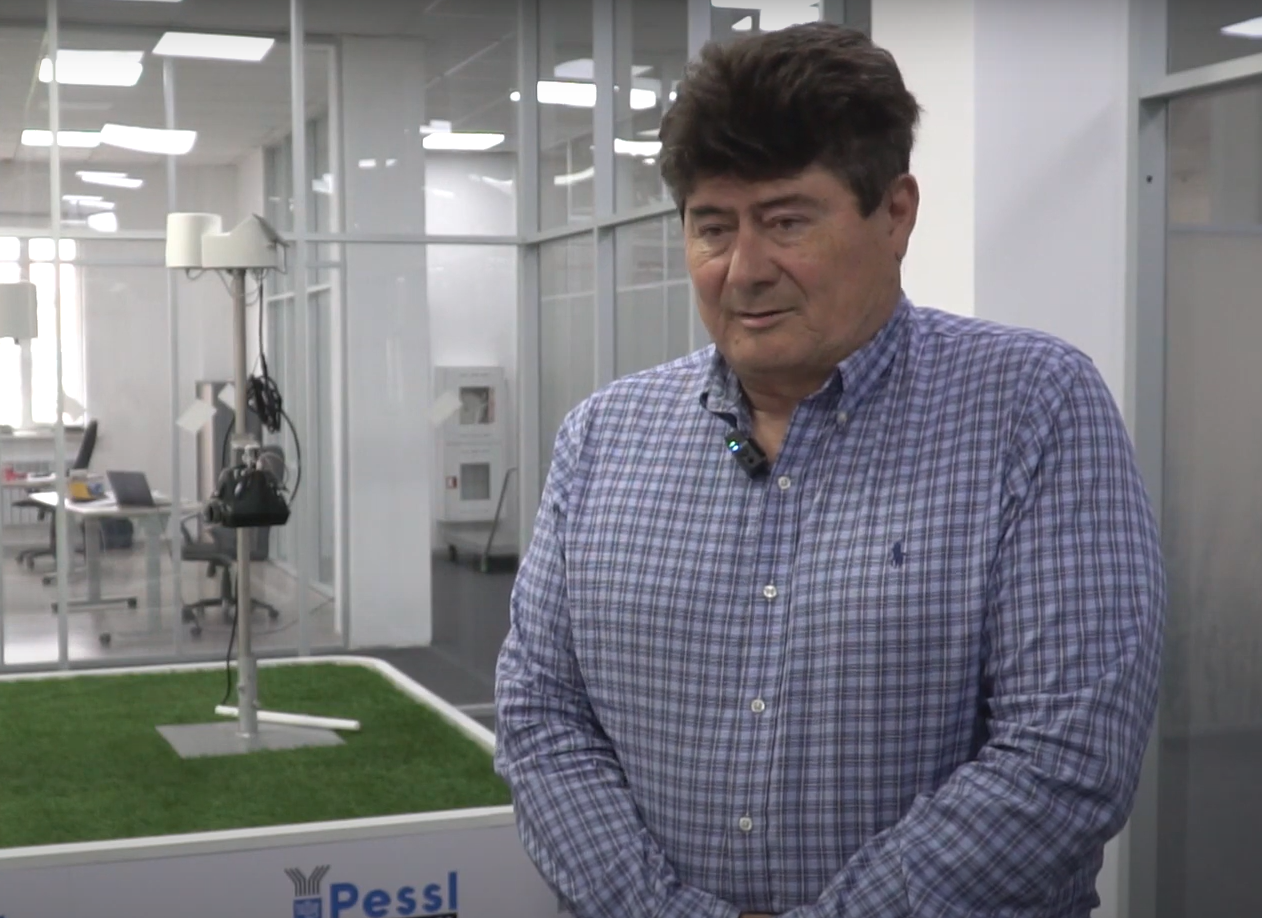
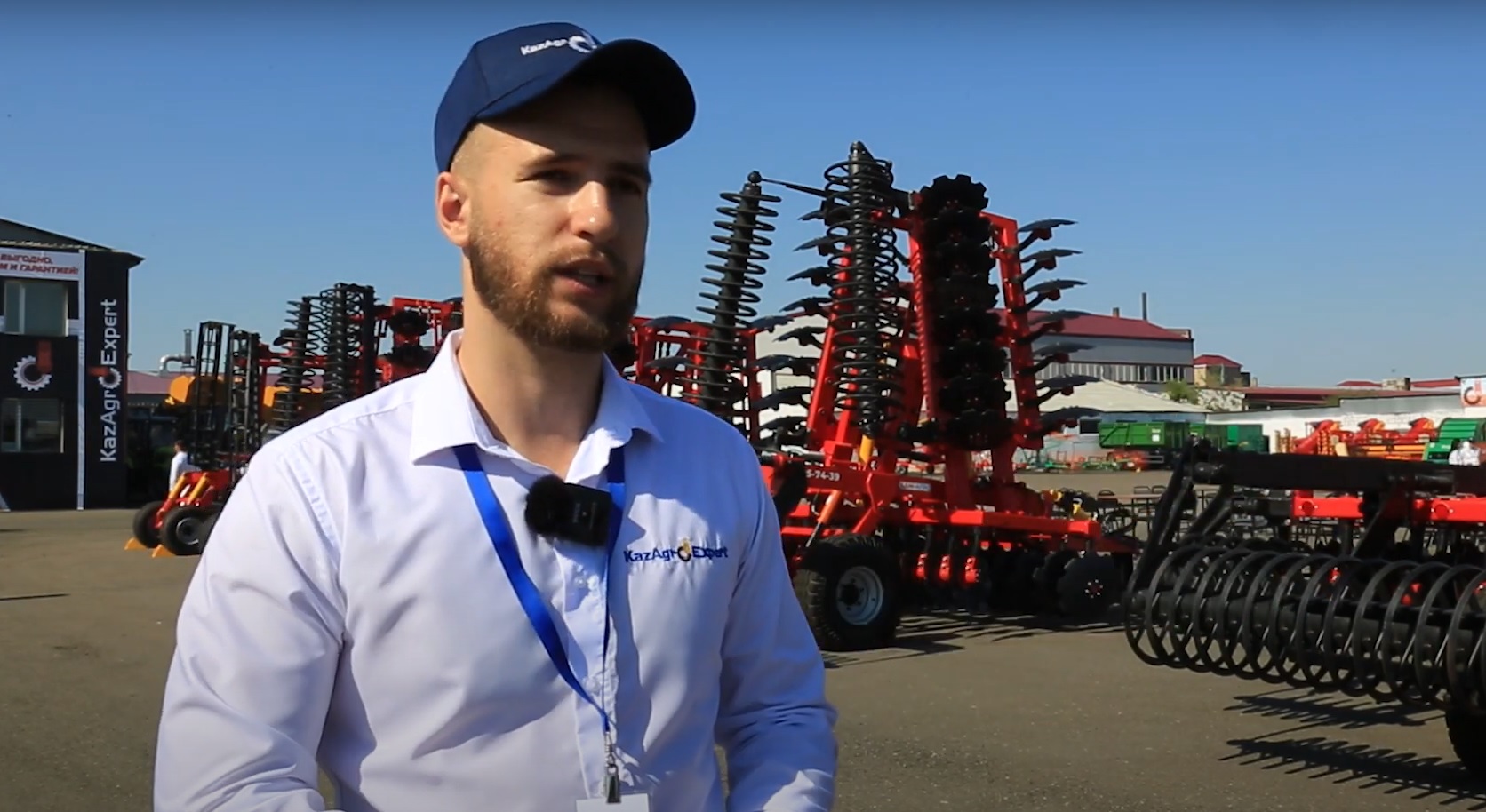
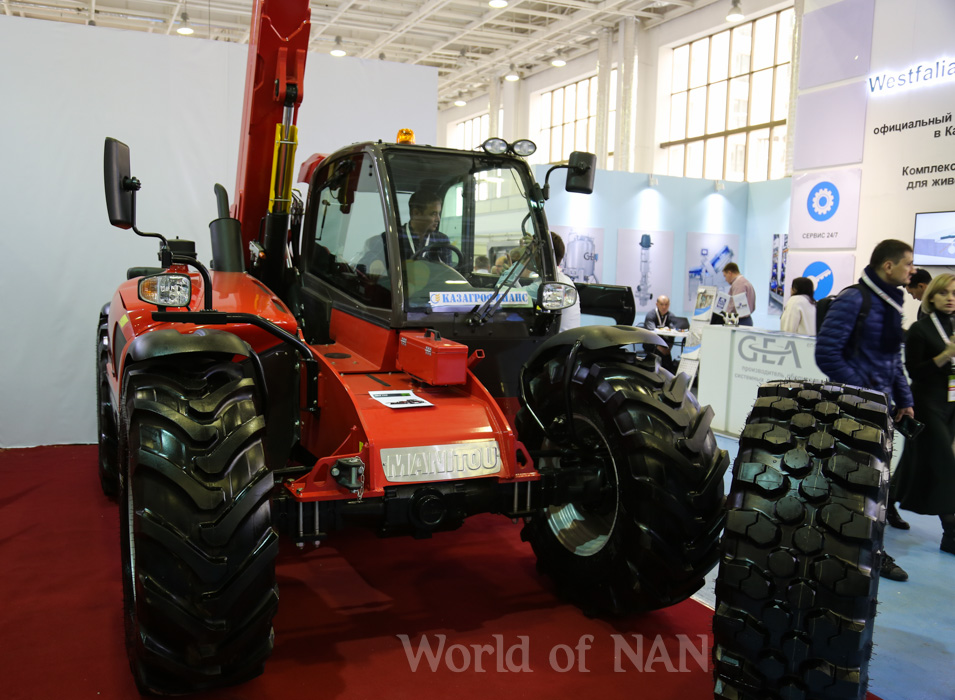
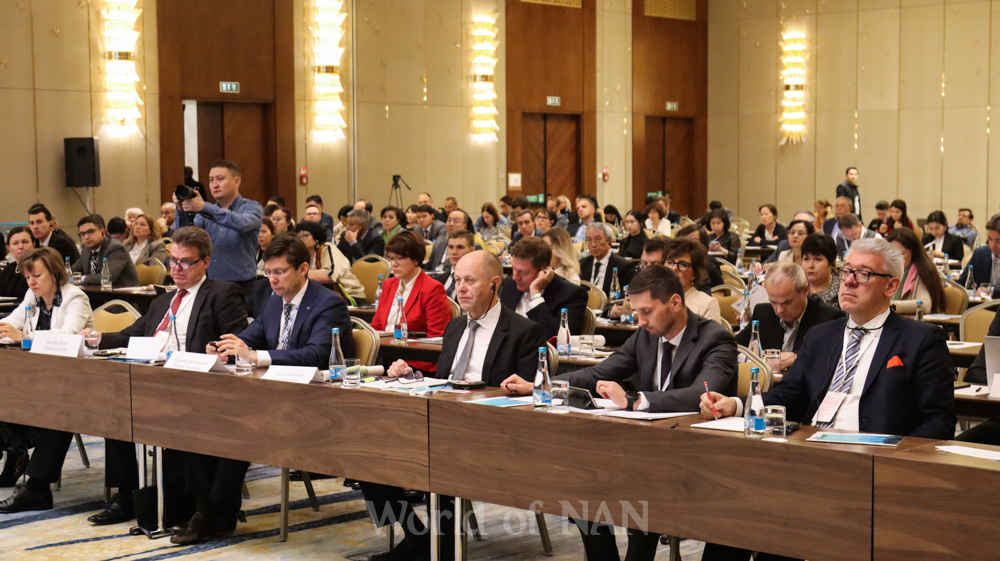
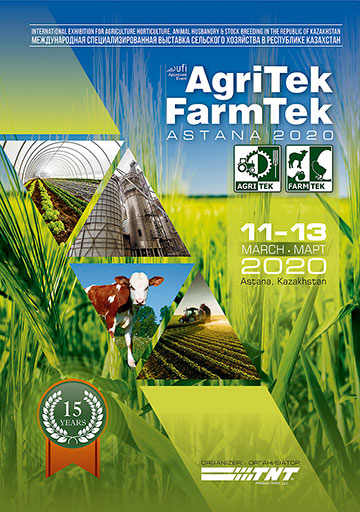



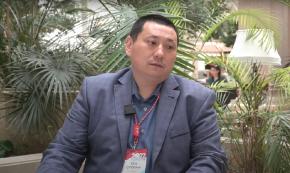
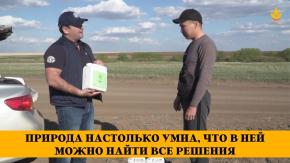
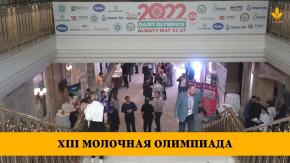
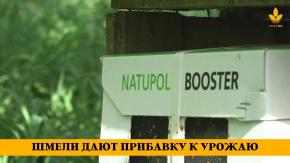

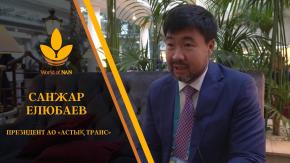

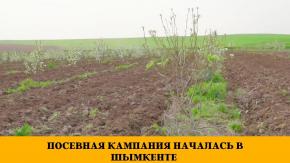





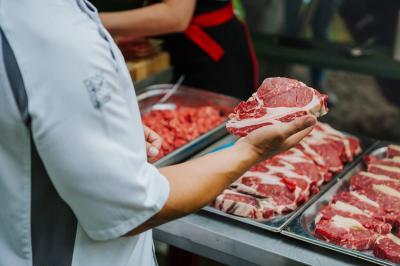
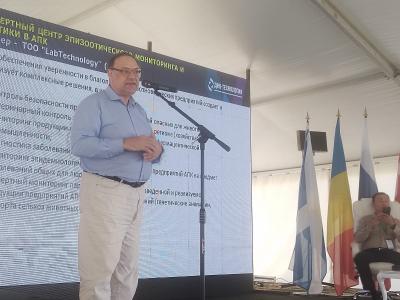
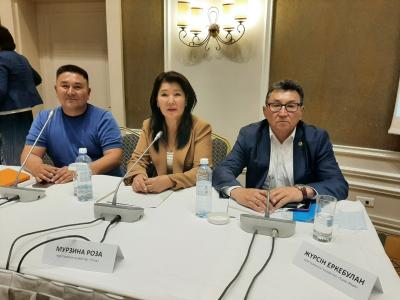
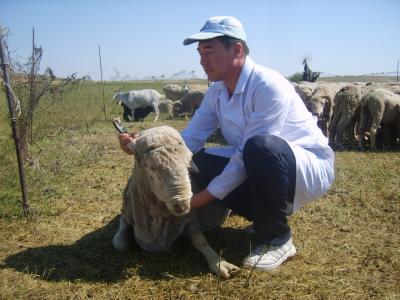
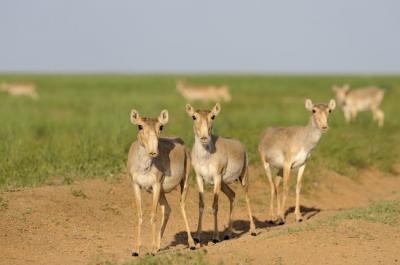

Обсуждение